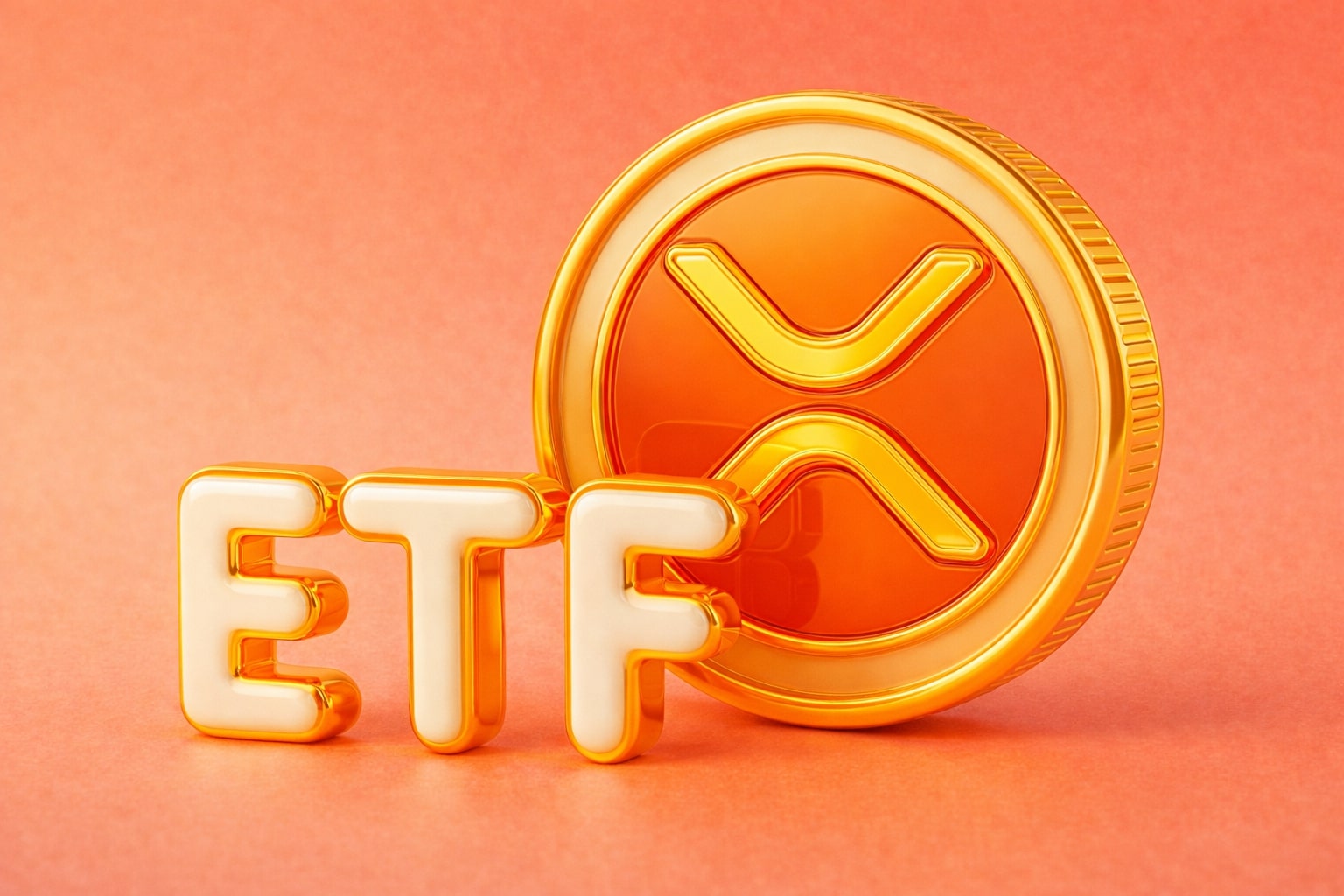
Bitcoin Nears Critical Resistance Amid ETF Inflows and Market Volatility
Will Institutional Demand and Global Tensions Propel BTC Past $64K? | That's TradingNEWS
Bitcoin (BTC) Struggles for Momentum Amid ETF Inflows and Volatility
BTC Price Movement and Resistance Levels
Bitcoin (BTC) has been trading in a tight range, hovering around the $62,000 mark after hitting a high of $64,500 earlier this week. Despite the initial rally, Bitcoin has been unable to sustain its upward momentum, slipping 0.6% to $62,564 by Tuesday morning. The key question remains whether BTC can break above the $64,500 resistance level, which is seen as a significant barrier to further gains. Should the bulls push past this, the next target would be the September high of $66,520, with the potential for a continued rise toward the critical $69,000 level.
However, a failure to breach these levels could result in a pullback toward the $60,365 support zone, bringing the 200-day Exponential Moving Average (EMA) into play. If the bears push the price below this level, we could see further declines, possibly testing the $55,000 mark. Currently, the Relative Strength Index (RSI) sits at 53.04, suggesting that there is room for Bitcoin to rise before entering overbought territory.
Impact of Middle East Tensions on Bitcoin Demand
Geopolitical developments, particularly in the Middle East, have weighed on the appetite for riskier assets, including cryptocurrencies. The escalation of conflict between Israel and its neighbors has driven oil prices higher, with West Texas Intermediate (WTI) crude surpassing $77 per barrel. Historically, periods of heightened geopolitical tension often lead to increased demand for safe-haven assets like gold, while speculative assets such as Bitcoin tend to experience selling pressure.
This shift in sentiment was evident on Monday, as both equities and cryptocurrencies fell. The Nasdaq Composite dropped by 1.18%, while Bitcoin slid 0.89% after initially reaching $64,482. Should the conflict worsen, we might see further risk-off moves in global markets, potentially dragging Bitcoin lower.
Fed Policy and Its Effect on BTC Prices
In addition to geopolitical risks, the path of U.S. monetary policy remains a key factor influencing Bitcoin’s price movements. Last week’s strong U.S. jobs data has bolstered expectations that the Federal Reserve will maintain a more cautious approach to cutting interest rates. As of now, traders are pricing in an 81% chance of a 25-basis-point cut in November, according to the CME FedWatch Tool, with a 19% chance that rates will remain unchanged. A slower rate cut trajectory typically exerts downward pressure on speculative assets, which benefit from a lower interest rate environment.
However, despite these macroeconomic challenges, Bitcoin continues to receive inflows into exchange-traded funds (ETFs), which have helped cushion the downside. On Monday, U.S. BTC-spot ETFs saw net inflows of $137.3 million, with significant contributions from Fidelity Wise Origin Bitcoin Fund (FBTC) and Bitwise Bitcoin ETF (BITB). These inflows reflect renewed institutional interest in Bitcoin, which could support prices in the near term.
Institutional Buying and Long-Term BTC Prospects
Institutional interest in Bitcoin remains strong, as evidenced by the growing demand for BTC-spot ETFs. Recent data shows that large entities, such as MicroStrategy and Marathon Digital, continue to accumulate Bitcoin, further reducing the amount of BTC available on exchanges. According to CoinGlass, Bitcoin reserves on exchanges have fallen to a year-to-date low of 2.34 million, with over $31 billion worth of Bitcoin moved to self-custody wallets or ETFs since February.
This trend suggests that institutional buyers are positioning themselves for long-term gains, anticipating that Bitcoin will continue to appreciate as it becomes more integrated into traditional financial markets. MicroStrategy, for example, has accumulated over 252,000 BTC, while Marathon holds more than 26,000 BTC. These large holdings reflect a strong belief in Bitcoin’s long-term value, despite its recent volatility.
Bitcoin’s Transition to a Passive Investment
One of the key developments in the Bitcoin market is its gradual transformation into a more passive investment vehicle, largely driven by the growth of ETFs. With major players like BlackRock entering the space, Bitcoin is starting to behave more like traditional financial assets. While this trend may reduce the extreme volatility that Bitcoin was once known for, it could also limit the potential for massive short-term gains.
Looking at Bitcoin’s price action over the past year, it’s clear that the introduction of ETFs has contributed to a more range-bound market. Since the beginning of the ETF adoption, Bitcoin’s price has struggled to break out of its tight trading range, with gains being more gradual and measured. For long-term investors, this shift might be seen as positive, as it reduces downside risk, but for traders seeking quick profits, the market is becoming less attractive.
Technical Indicators: What’s Next for BTC?
From a technical perspective, Bitcoin’s recent price action suggests a period of consolidation. The 50-day and 200-day EMAs are providing key support levels, and a break below these could lead to further declines. However, as long as Bitcoin remains above these levels, there is potential for a bullish breakout. The Awesome Oscillator is showing a slight positive momentum, while the RSI remains neutral, hovering around 48.
For Bitcoin to regain its bullish momentum, it will need to clear the $64,000 resistance level and hold above it. If this happens, we could see a test of the all-time high at $73,800, which would confirm a new uptrend. On the other hand, if the bears take control and push Bitcoin below the $60,000 mark, it could signal the start of a deeper correction.
Market Sentiment and the Outlook for Q4
As we move into the final quarter of 2024, market sentiment around Bitcoin remains cautiously optimistic. While there are significant headwinds, such as geopolitical risks and a more hawkish Federal Reserve, the continued inflows into Bitcoin ETFs and the reduction of exchange reserves suggest that long-term holders remain confident in Bitcoin’s future.
Analysts are also watching the developments surrounding the FTX reorganization plan, which could result in billions of dollars being returned to creditors. This could lead to additional inflows into the crypto market, providing a further boost to Bitcoin prices.
Final Thoughts: Bitcoin’s Future Path
Bitcoin’s recent price action has been shaped by a confluence of factors, including geopolitical tensions, central bank policies, and institutional inflows. While the near-term outlook remains uncertain, with key resistance levels to watch, the long-term fundamentals for Bitcoin remain intact. Institutional accumulation, shrinking exchange reserves, and the growing adoption of Bitcoin ETFs all point to a bright future for the world’s largest cryptocurrency.
Investors should keep a close eye on the upcoming Fed minutes, inflation data, and developments in the Middle East, as these events will likely influence Bitcoin’s price in the coming weeks.
That's TradingNEWS
Read More
-
UCO ETF Price Forecast: Can NYSEARCA:UCO at $18.57 Ride a 2026 Oil Squeeze?
18.12.2025 · TradingNEWS ArchiveStocks
-
XRPI at $10.50 and XRPR at $14.93 Hit XRP ETF Lows While XRP-USD Holds $1.84 After 30 Days of Inflows
18.12.2025 · TradingNEWS ArchiveCrypto
-
Natural Gas Price Forecast: Henry Hub Holds Around $4 as EIA Draw Hits 167 Bcf
18.12.2025 · TradingNEWS ArchiveCommodities
-
USD/JPY Price Forecast: Pair Holds Above 155 As BoJ And US CPI Set Up A Major Break
18.12.2025 · TradingNEWS ArchiveForex

















